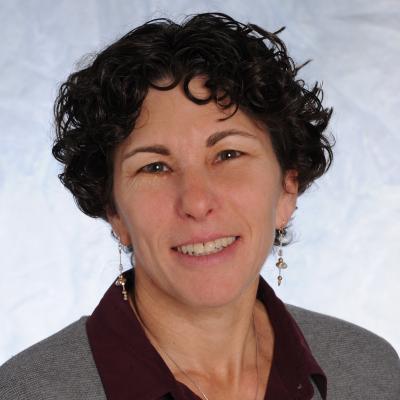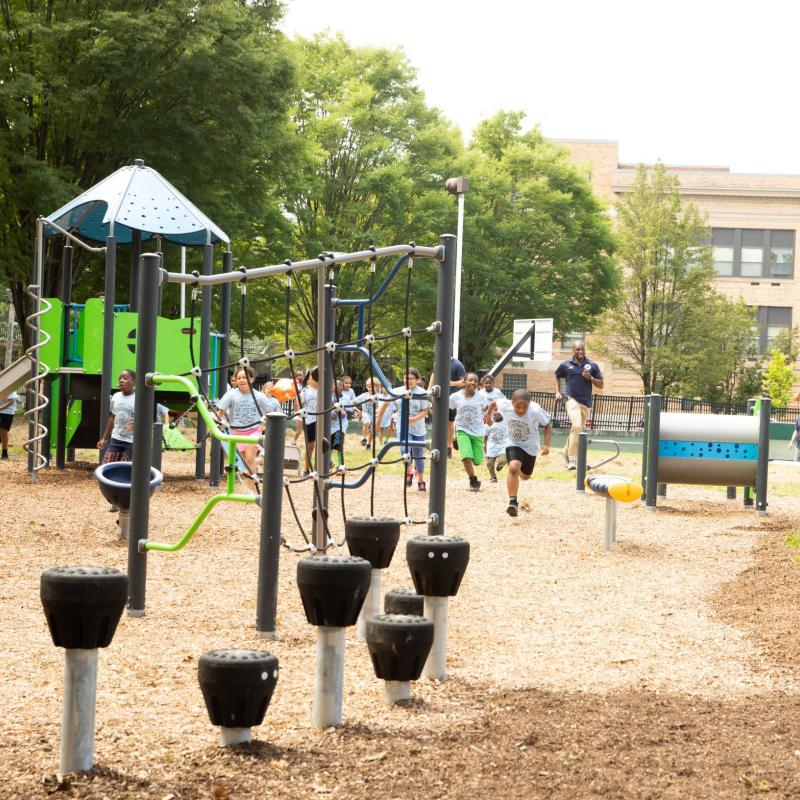On a sunny day in August, children shrieked with laughter as they chased each other across a gleaming new playground at Madison Avenue Park in Albany, New York, while their parents exercised on equipment nearby—a sight that would have been unfathomable just four years ago.
That’s when Jonathan P. Jones, Albany’s commissioner for recreation, youth and workforce services first encountered the Child Opportunity Index (COI), created by Heller’s Institute for Child, Youth and Family Policy. The COI’s finding that Albany was the worst place for black children to live among the 100 largest U.S. metropolitan areas was both shocking and galvanizing.
“That data was my awakening,” Jones recalls. “I was relatively new in the role, and the data showed me what my main focus needed to be: thinking about how to create more equitable neighborhoods.”
A playground might not seem like the most important indicator of equity, but play is critical to children’s healthy development and success in school. For the city of Albany, it was clear after they looked at data from the COI: too many of Albany’s black children didn’t have access to well-kept, stimulating places to play.
That spurred Jones, who is the youngest commissioner for recreation, youth and workforce services in the city’s history and the first African American in the role, to bring the findings to the attention of Mayor Kathy Sheehan. They developed a five-year capital improvement plan to revitalize Albany’s highest used and most in-need parks in order to increase equity and access to opportunity for all the city’s children, especially black children who had historically been left behind.
"The Child Opportunity Index really showed us, in stark numbers, what a lot of us already knew: that...our poverty is concentrated in small neighborhoods, and that those concentrations of poverty that have happened over decades have resulted in neighborhoods that are the have-nots....Nobody could argue about it anymore, or ignore it."
Now, four years into implementing the $2 million plan, Jones and his team have revitalized 13 parks and playgrounds, creating safe, interesting and accessible spaces across the city. All of the renovated playgrounds are compliant with the Americans with Disabilities Act, and six playgrounds include fitness equipment designed for adults, allowing parents to exercise while their children play.
“One of my favorite things about the fitness equipment is that it brings dads into the park,” Jones says. “Kids and their parents are spending a lot more time in the revitalized parks. They used to stay for just a few minutes; now, because there’s something for parents to do and the equipment is designed to be both physically and cognitively challenging for kids, they’re staying for a couple of hours at a stretch.”
Convincing decision makers to allocate resources to parks and playgrounds wasn’t easy, but the COI helped make the case with its detailed data—as it’s done across the country for communities committed to combating inequities.
Mayor Sheehan says, “The Child Opportunity Index really showed us, in stark numbers, what a lot of us already knew: that, particularly in this area, our poverty is concentrated in small neighborhoods, and that those concentrations of poverty that have happened over decades have resulted in neighborhoods that are the have-nots. That story of the haves and the have-nots was there in black and white. Nobody could argue about it anymore, or ignore it.”



